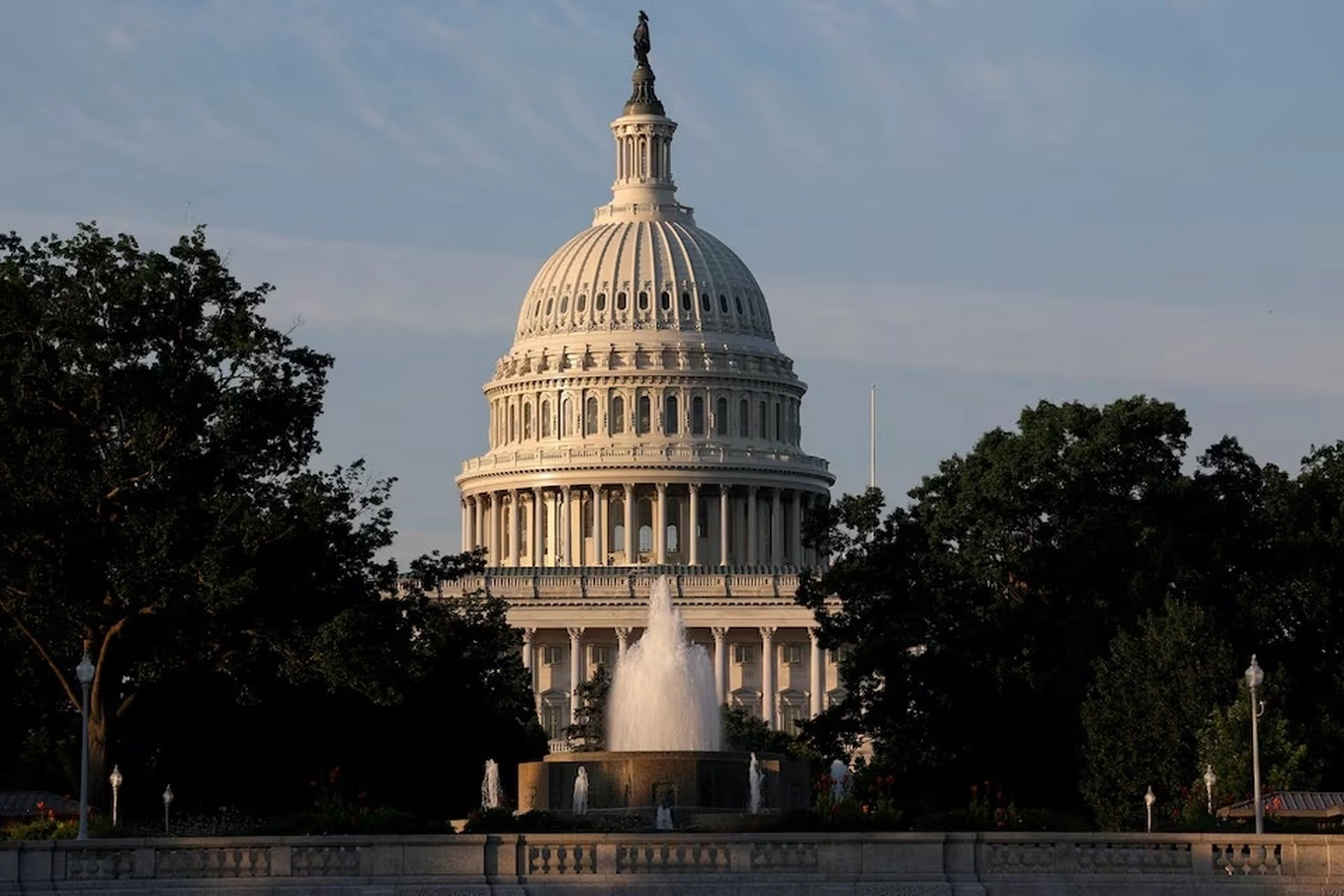After more than seven weeks of shutdown – the longest in U.S. history – the federal government is set to resume operations, following the House of Representatives’ approval of a large-scale spending package, which will now be sent to President Donald Trump for signature.
Key Highlights:
-
House passes the spending bill with a 222–209 vote, paving the way for the U.S. government to reopen.
-
Only 2 Republican lawmakers voted against it due to budget deficit concerns, while 6 Democrats supported it to quickly restore federal operations.
-
President Trump is expected to sign the bill today, officially ending the seven-week budget standoff.
-
Root of the deadlock: disputes between the two parties over healthcare subsidies (ACA) and tax credits for healthcare coverage.
-
A bipartisan agreement reached last weekend helped break the stalemate, though it does not fully resolve the healthcare subsidy issue.
-
The spending bill provides long-term funding for major agencies such as the Department of Agriculture, Department of Veterans Affairs, the military, and the legislature until September 30, 2026, while other agencies receive temporary funding until January 30.
-
Thousands of federal jobs are restored, and the administration is barred from further layoffs before February 2026.
-
Republicans hailed the bill as a win for federal workers and low-income families, while criticizing Democrats for prolonging the shutdown.
-
Democrats warn that if ACA issues are not resolved by January 30, a partial government shutdown could happen again.
Overview

The recent budget crisis severely affected millions of Americans, leaving hundreds of thousands of federal employees unpaid, disrupting food assistance programs, and causing flight delays and cancellations.
The newly reached agreement is seen as a critical turning point, allowing the U.S. to temporarily overcome the political deadlock, but the risk of recurrence remains if the two parties fail to reach a long-term consensus on healthcare and public spending.






